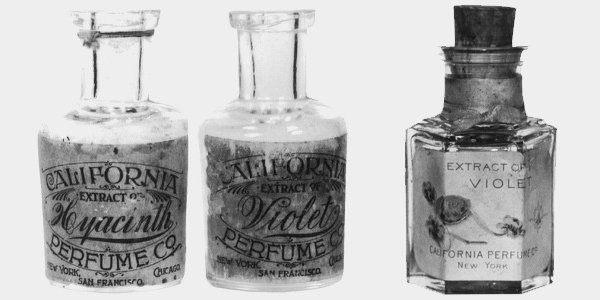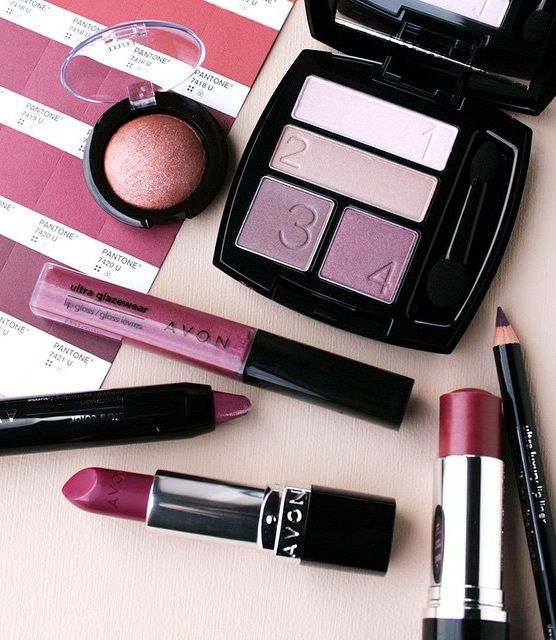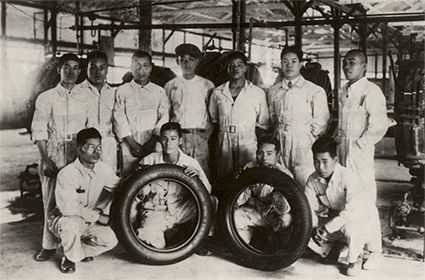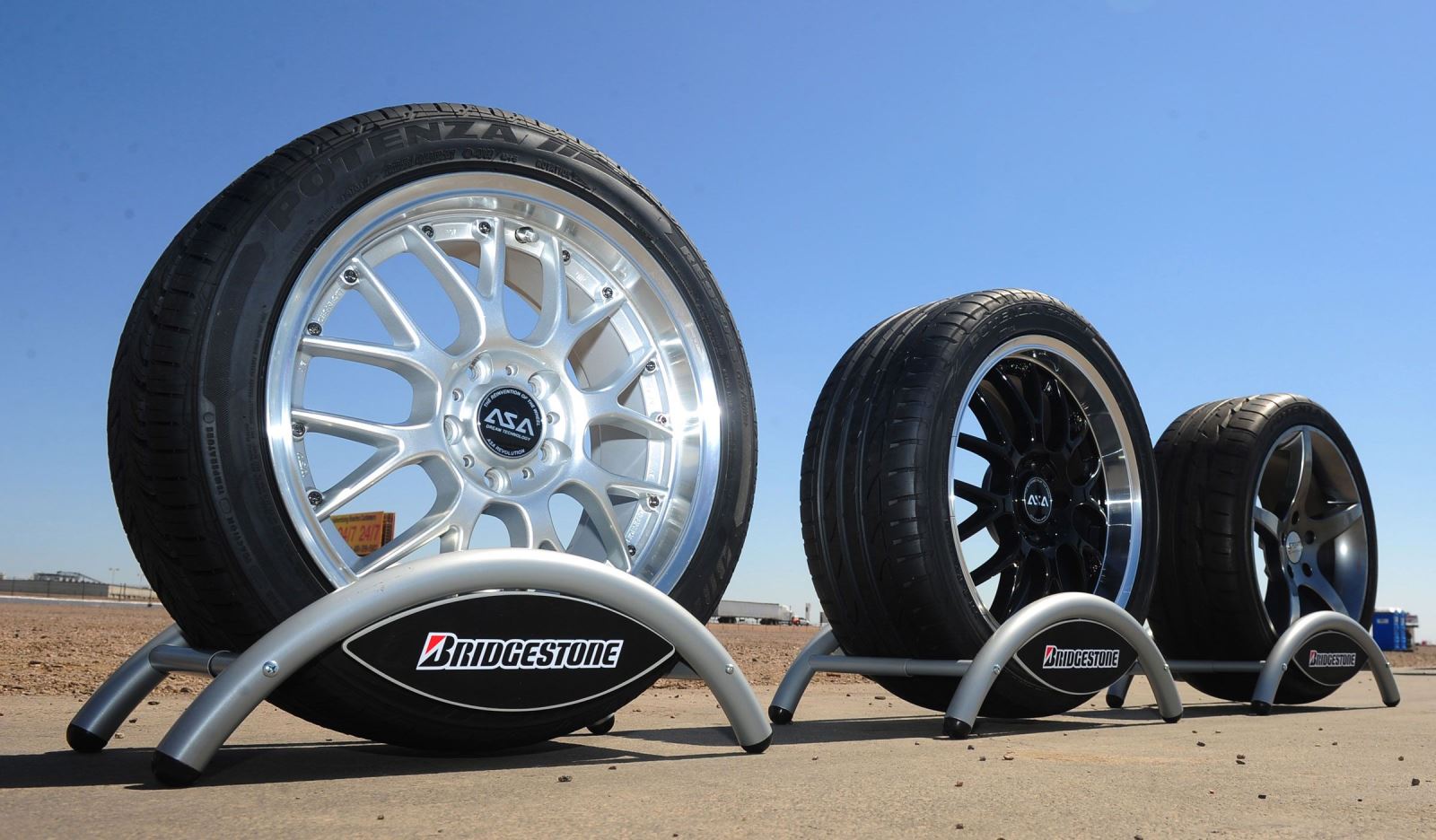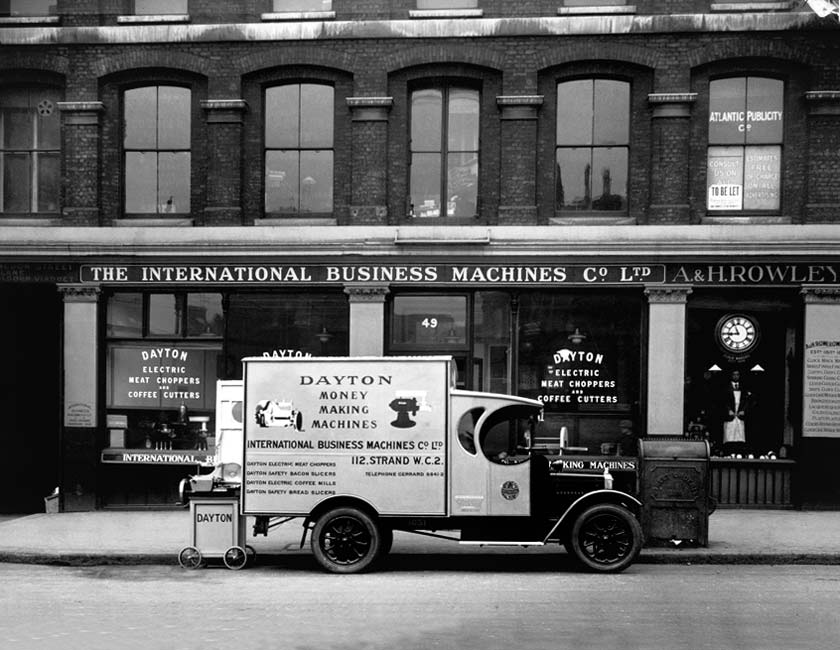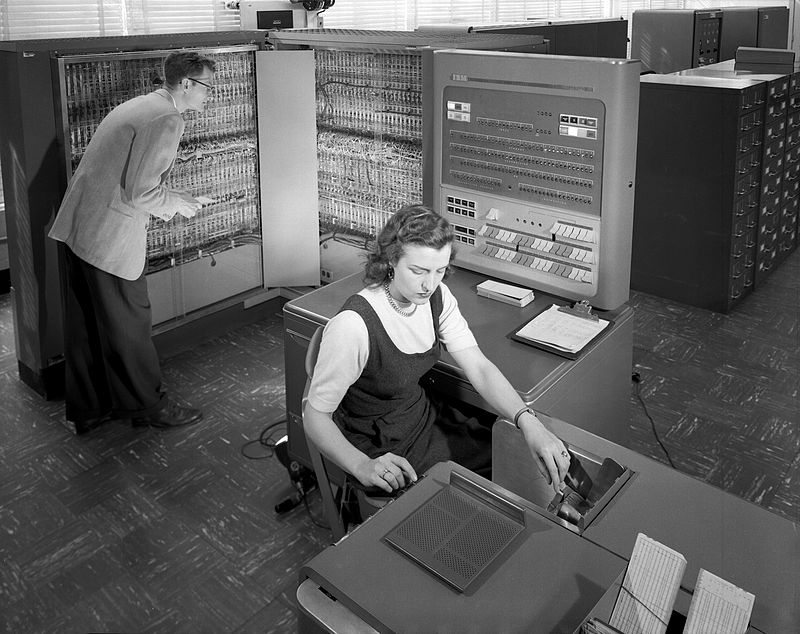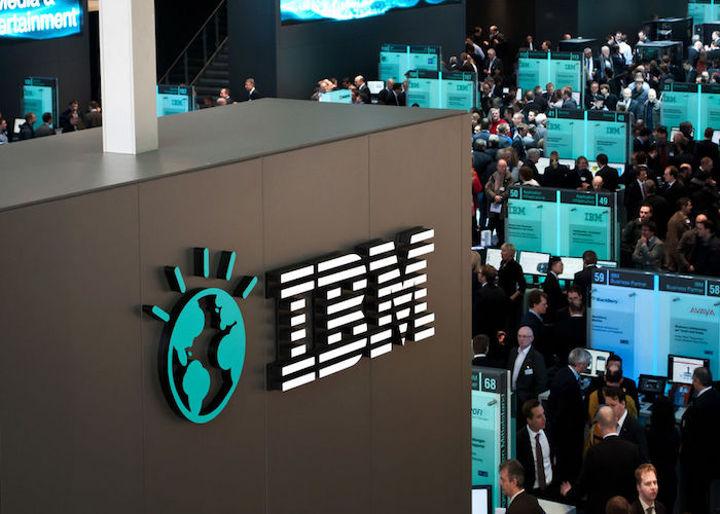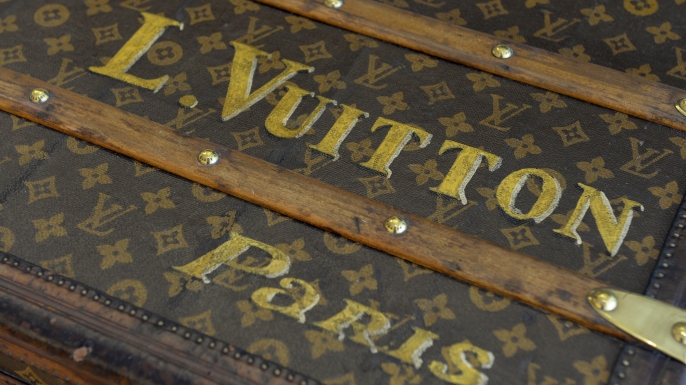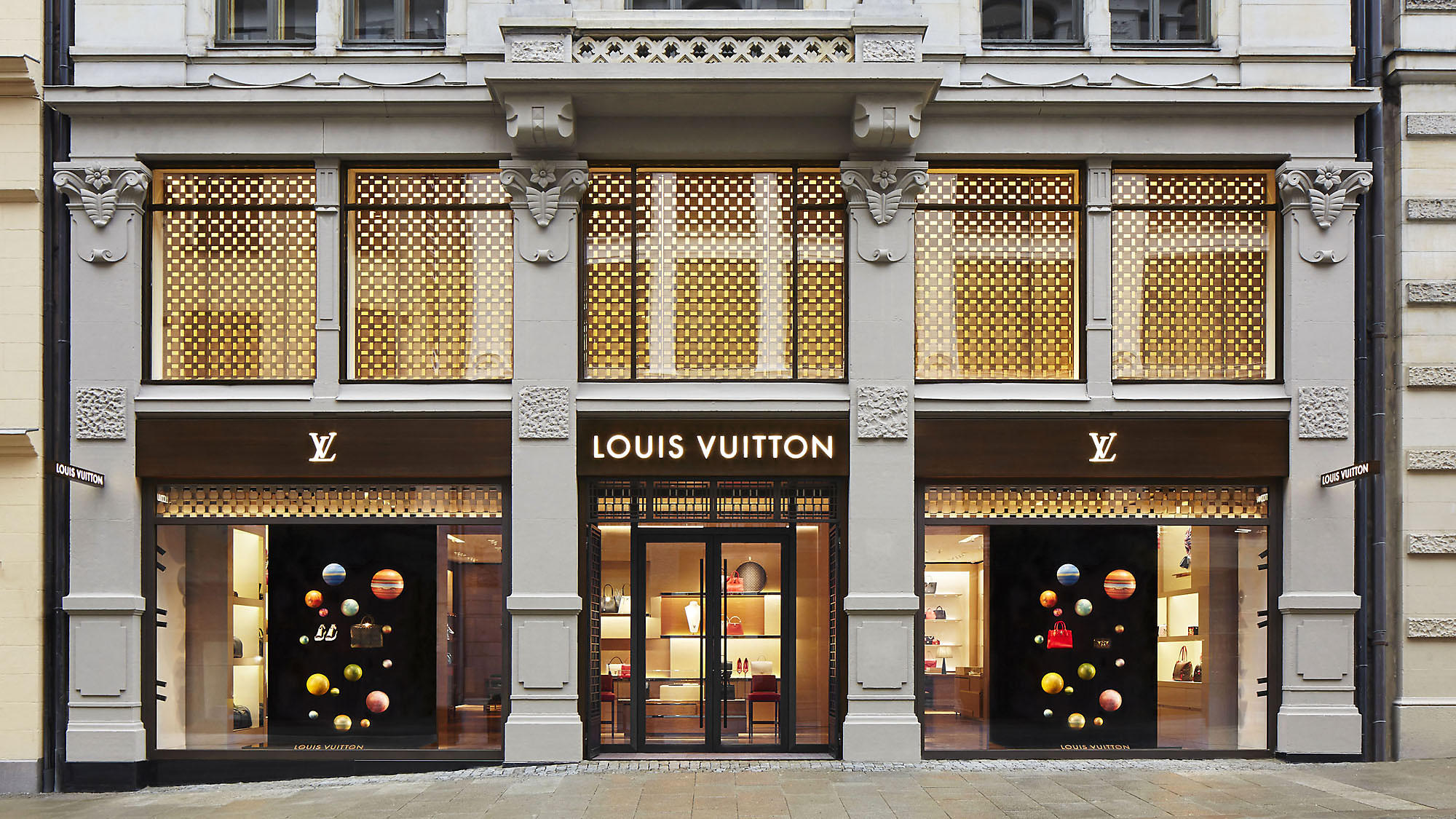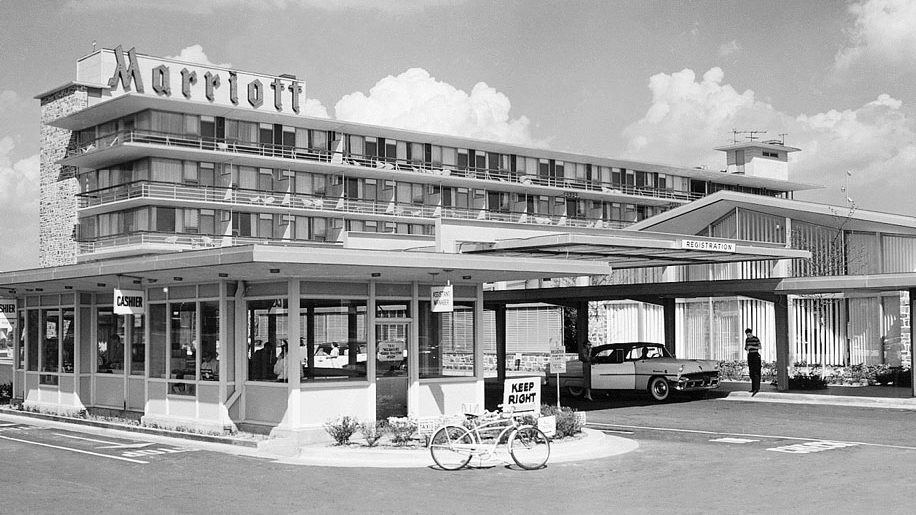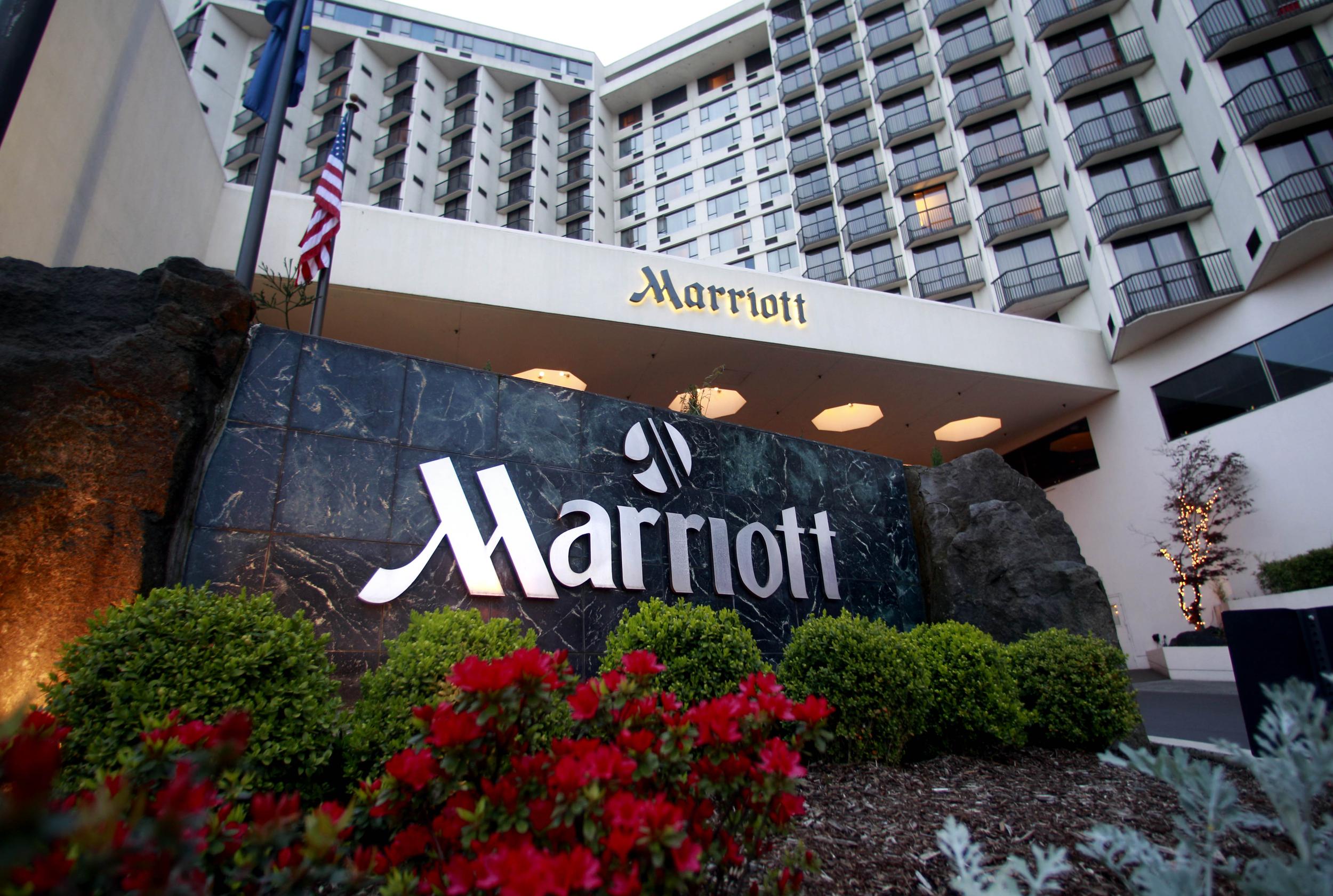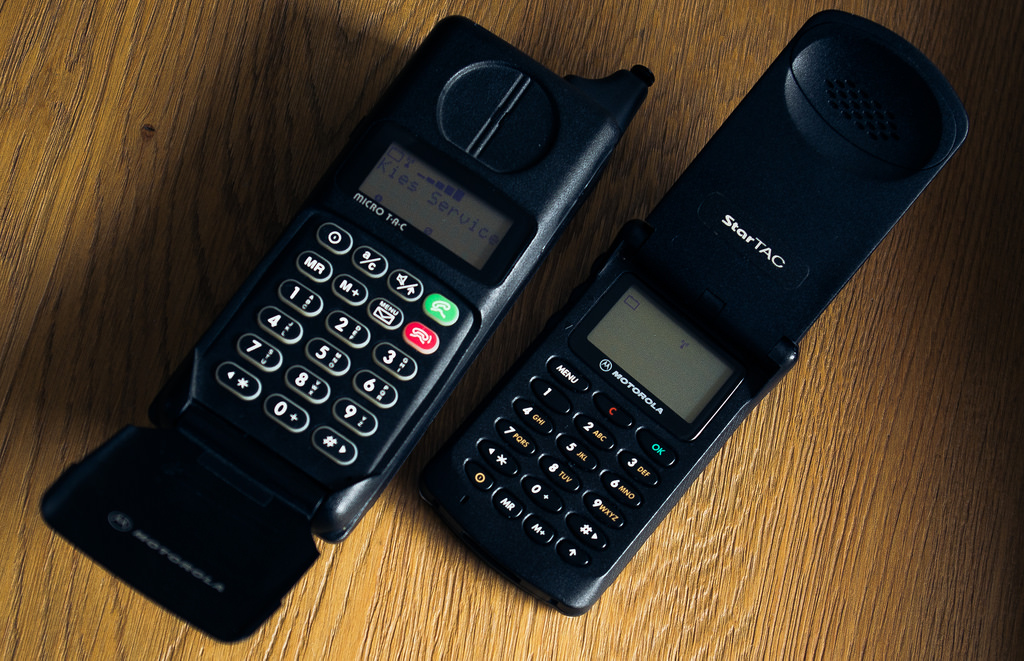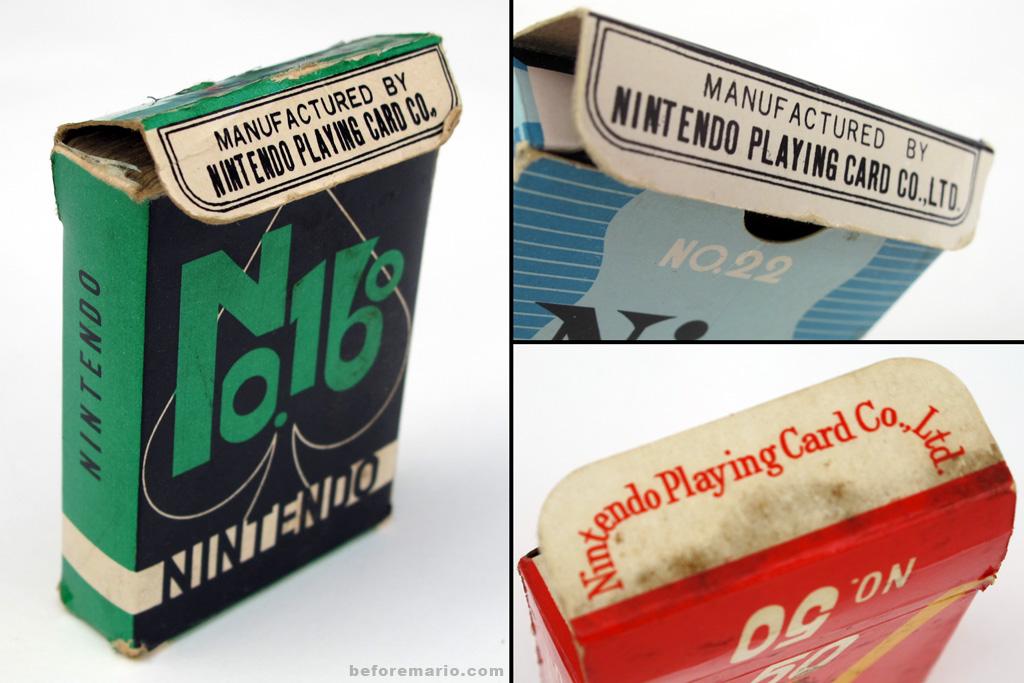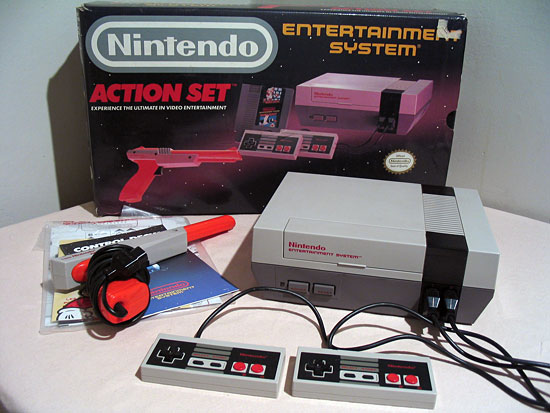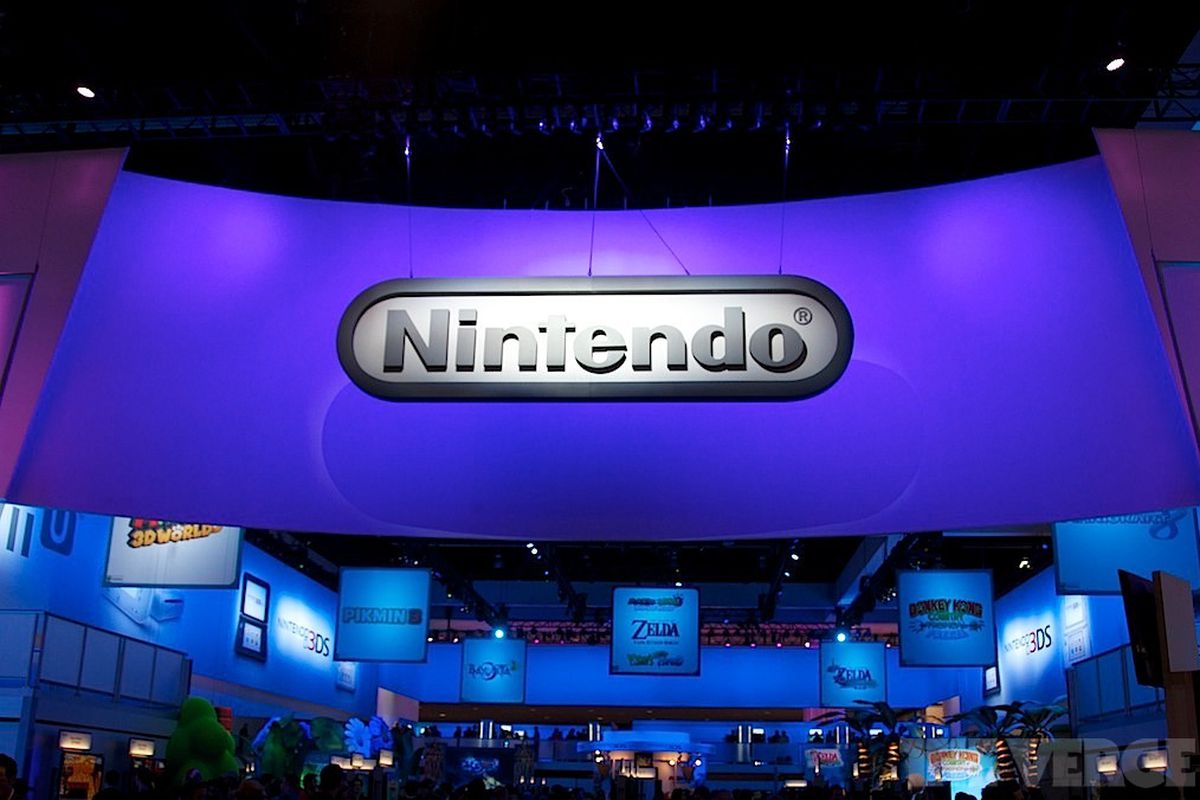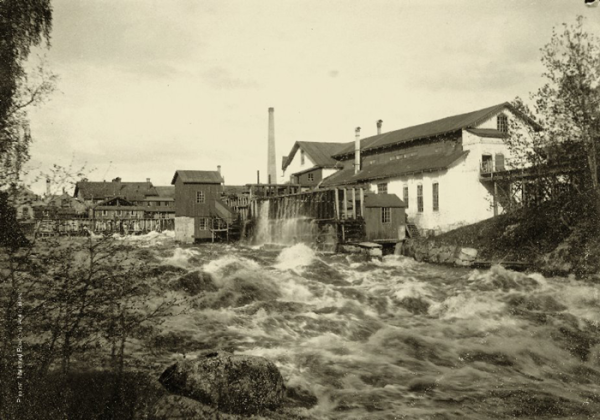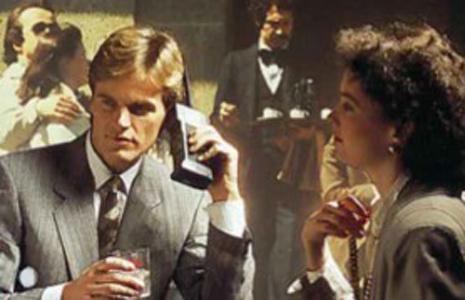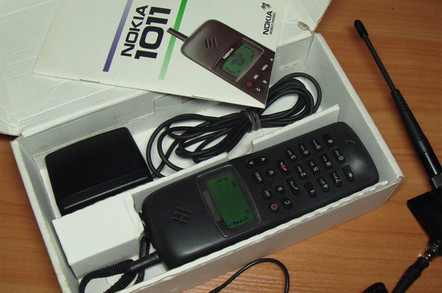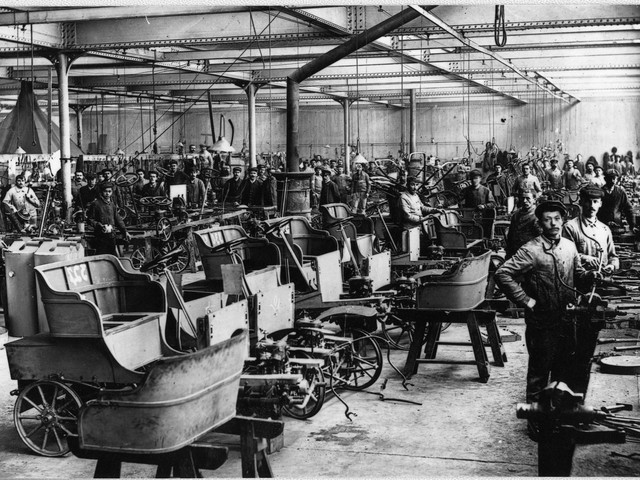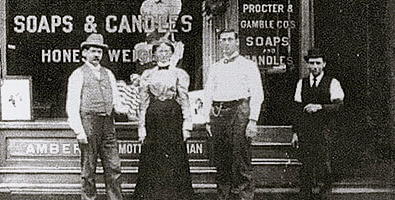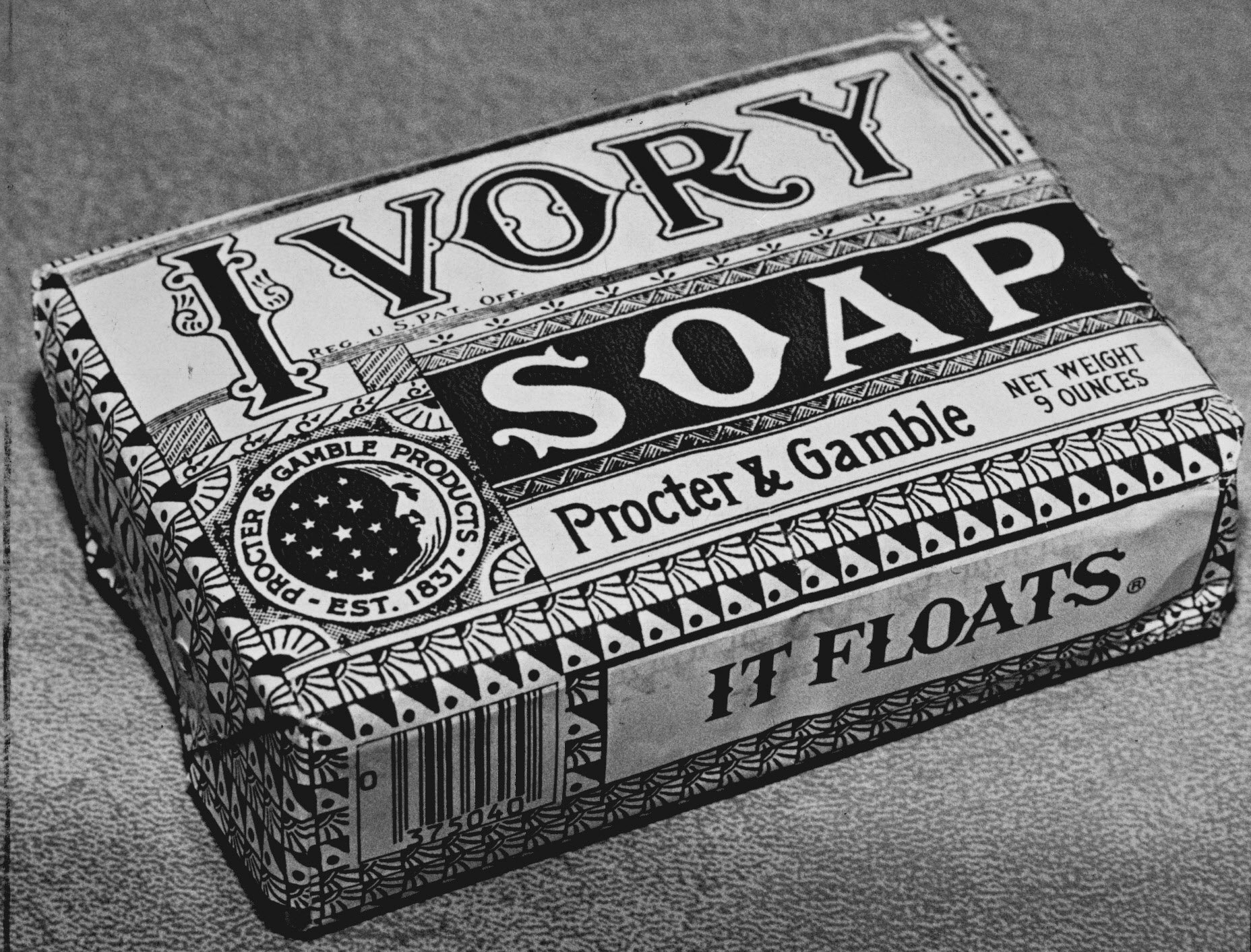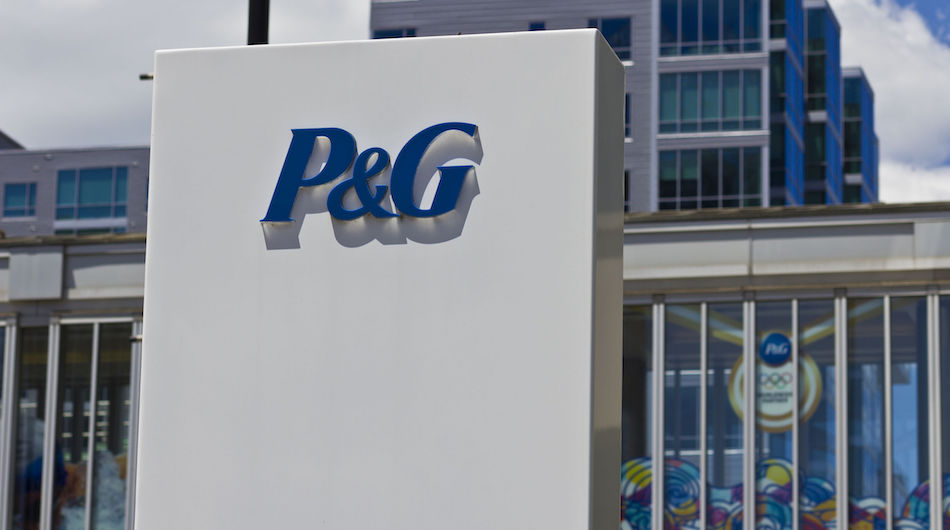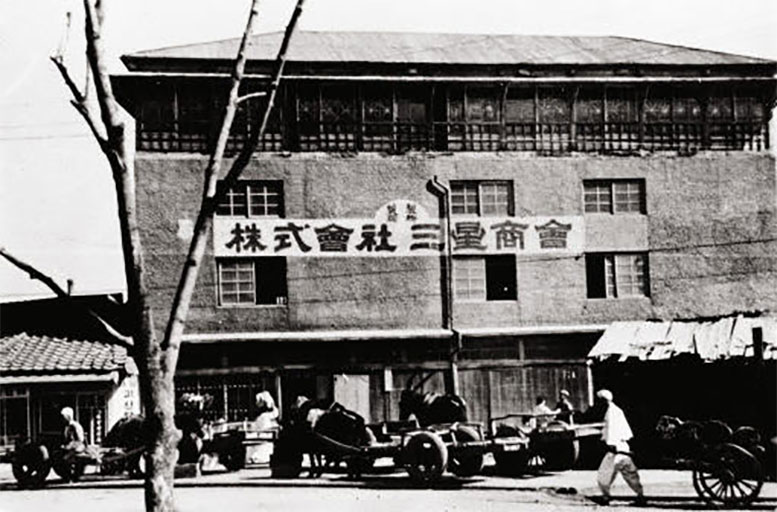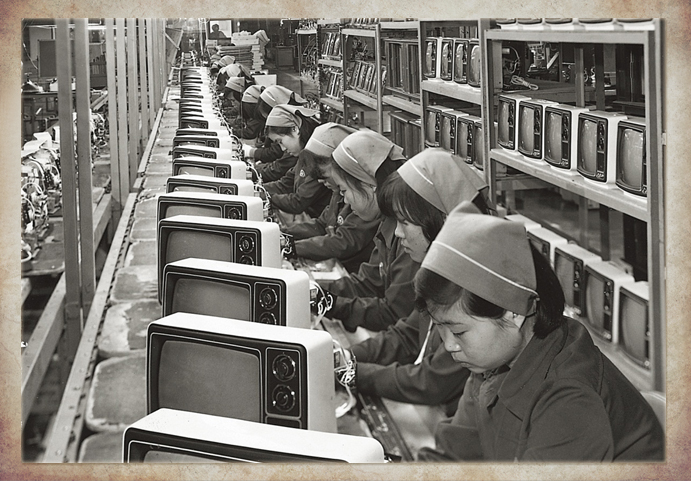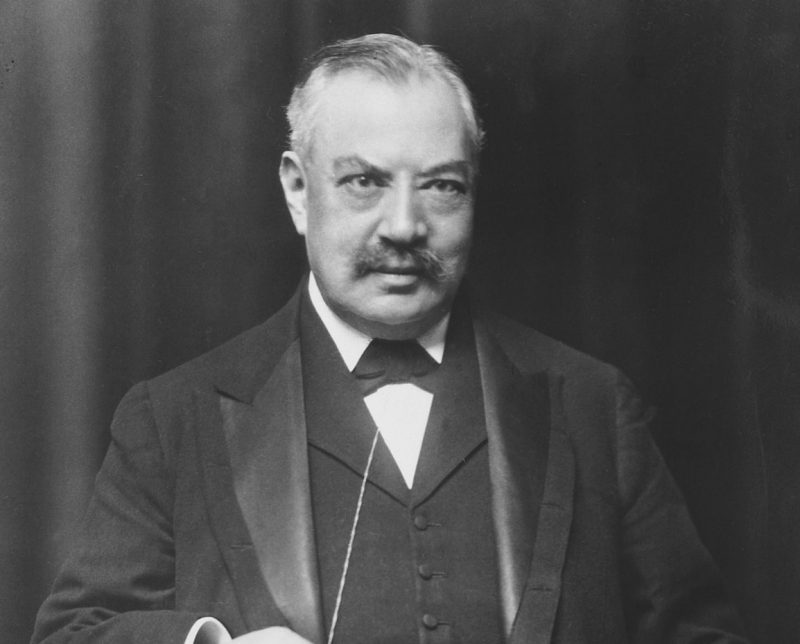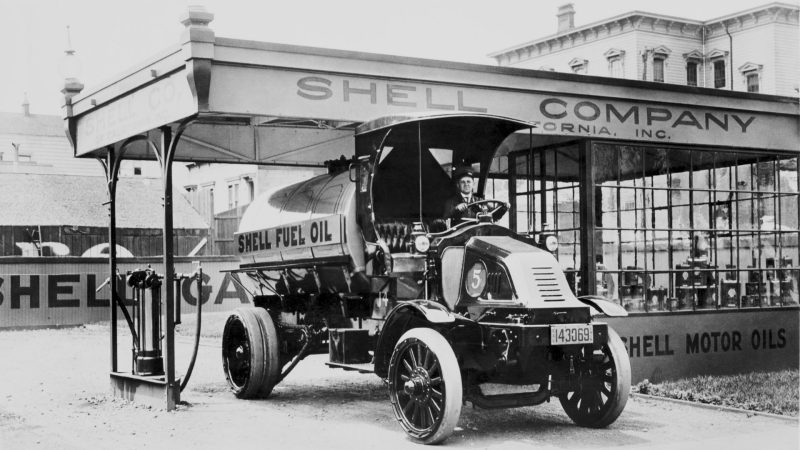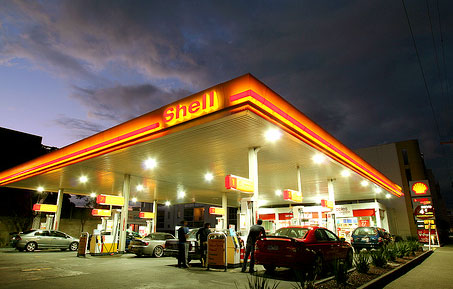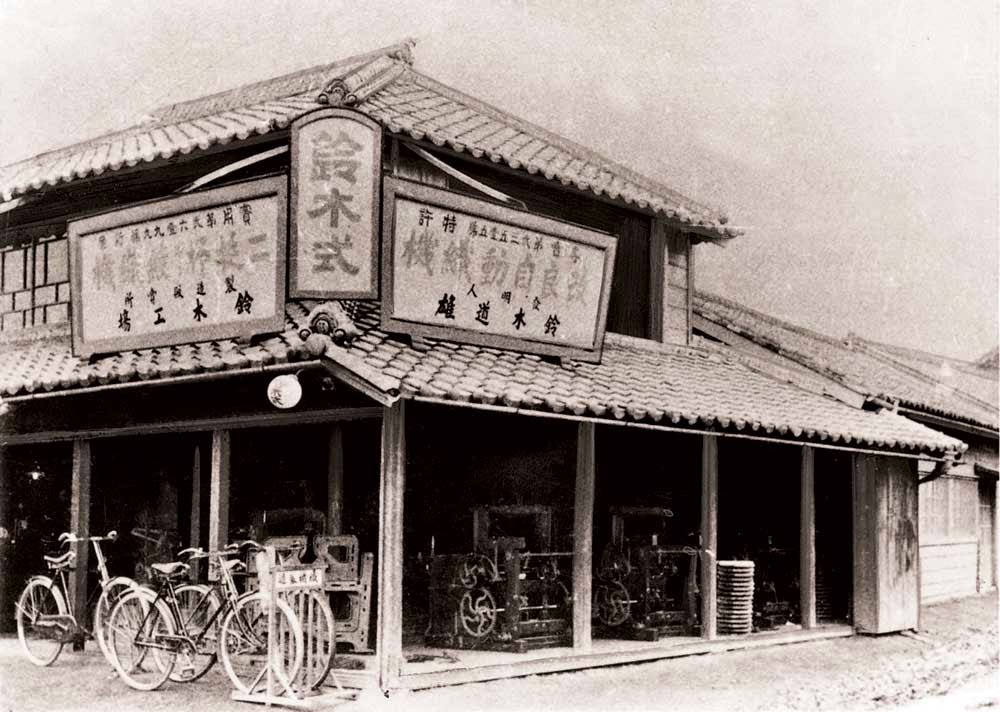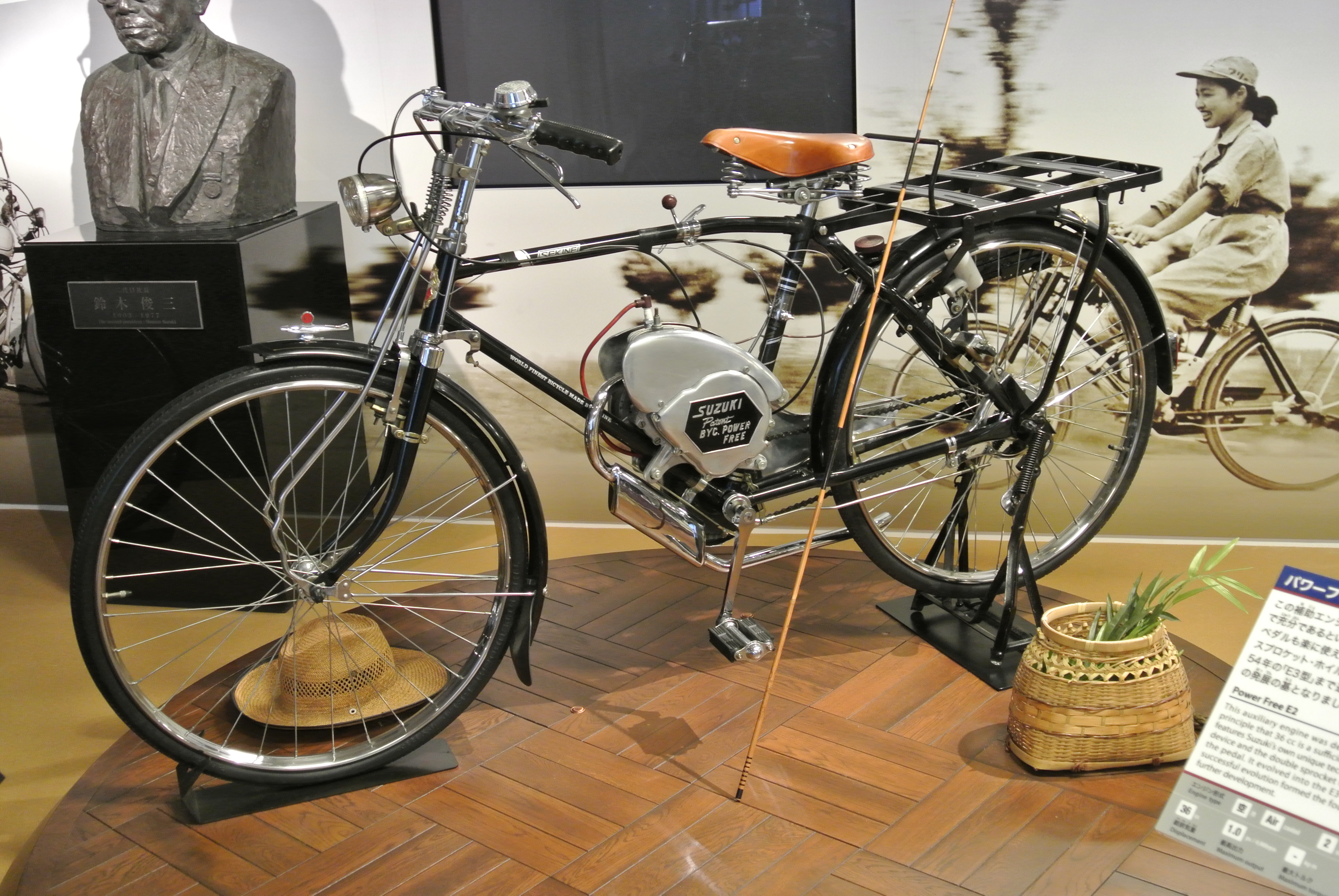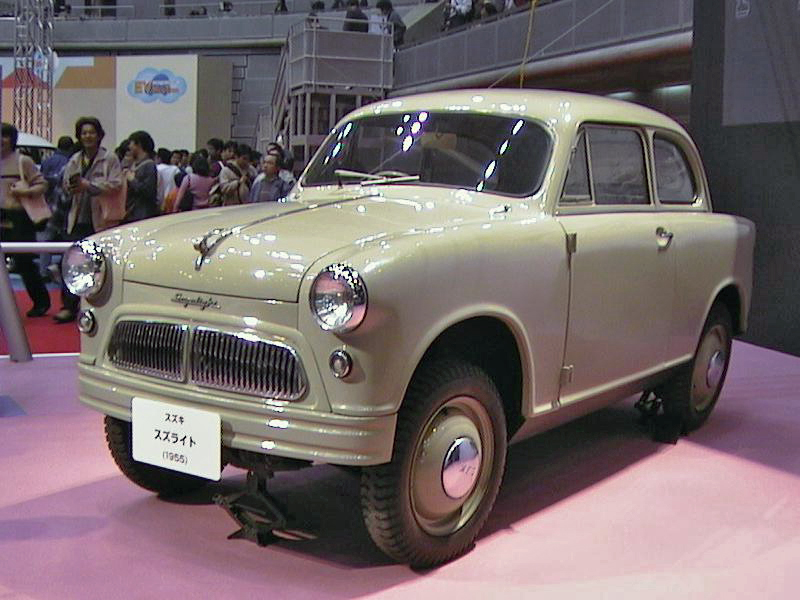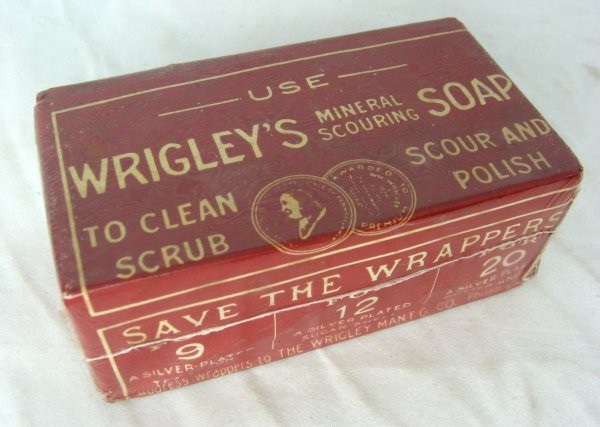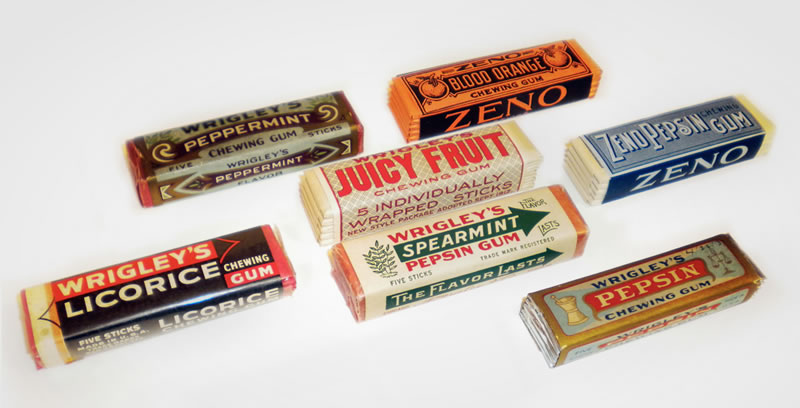14 World-Famous Brands You Didn't Know Used To Sell Completely Different Products
These are some pretty surprising origin stories!
1. The founder of Avon Products used to sell books door-to-door in New York
In 1886, David H. McConnell began mixing his own rose-scented perfume as a gift for every purchase of a book. It soon became apparent that the perfume samples were more popular than the books, so McConnell decided to start a perfume company instead.
Then known as the California Perfume Company, the company began selling their first product - the Little Dot Perfume - that very same year. By the end of the first year of business, the company had a line of nearly 20 different fragrances. In the next few decades, the company would expand their original product line to include other beauty and personal care products such as lipsticks, toilet waters, rouge, and compact powders.
The company started using the name "Avon" for certain products in 1928, and officially changed the company's name to Avon Products, Inc. in 1939. Today, Avon is the fifth largest beauty company in the world, with five to six million representatives selling their products in over 100 countries as of 2014.
2. The founder of Bridgestone used to develop and make rubber soles for traditional Japanese work sandals
Having taken over his family's tailoring business at the age of 17, Shojiro Ishibashi decided to improve upon the wooden or straw sandals typically worn by the working class and developed the jikatabi, split-toed heavy cloth work shoes with rubber soles. Upon its launch in 1923, the new footwear quickly dominated the mass footwear market.
To meet the needs of his footwear company, Ishibashi built Japan's first rubber production factory and started looking for new markets to expand his business. He took interest in the rapidly growing automobile industry, and decided to become Japan's first national producer of tyres for cars and trucks. The company produced its very first tyre on 9 April 1930.
One year later, Ishibashi established the tyre division of the business as Bridgestone Tire Co., Ltd., named after the English translation of his surname (ishi meaning "stone", bashi meaning "bridge") in reverse order. As of 2015, Bridgestone is the largest tyre manufacturer in the world.
3. IBM used to manufacture commercial machinery such as meat slicers, coffee grinders, weighing scales, and punched card equipment
In June 1911, three manufacturing companies were consolidated to form the Computing-Tabulating-Recording Company (CTR), a precursor to IBM. All three companies - Tabulating Machine Company, the International Time Recording Company, and the Computing Scale Company (1901) - manufactured a diverse range of machinery for sale and lease, such as weighing and computing scales, employee time-keeping systems (e.g. punch cards), meat and cheese slicers, coffee grinders, and tabulators.
National Advisory Committee for Aeronautics (NACA) researchers using an IBM type 704 electronic data processing machine in 1957.
Image via NASAOver the following decade, the company focused resources on the tabulating machine business, paving the way for their full-time shift into information technology and computing systems. The company was renamed to International Business Machines Corporation (IBM) in 1924. By 1937, IBM's tabulating equipment enabled organisations to process unprecedented amounts of data, with clients including the US Government, who used it to maintain employment records for 26 million people pursuant to the Social Security Act.
Today, IBM is one of the largest computer companies and system integrators in the world. As of 2017, the company has held the most patents of any technology company for 24 consecutive years. Some of the company's famous inventions and developments include the automated teller machine (ATM), the floppy disk, the hard disk drive, the UPC bar code, and the magnetic strip card.
4. Louis Vuitton started out as a professional box-maker and packer of the French elite's clothing and belongings
In the courtyard of the Asnières workshops, around 1888, Louis, Georges, and Gaston L. Vuitton (sitting on a bed trunk).
Image via Louis Vuitton ArchivesIn 1835, 13-year-old Louis Vuitton set off by foot for Paris, where he managed to secure an apprenticeship with a box-maker and packer, a highly respectable craft at the time. Back then, the wealthy had their belonging professionally packed to withstand rough travel conditions, and all boxes and trunks had to be custom-made to fit specific items.
In 1854, at the age of 33, Vuitton opened his own box-making and packing workshop in Paris. He was also hired as a personal box-maker and packer to the Empress of France Eugenie de Montijo, wife of Napoleon III, cementing his status as one of the city's premier practitioners of the craft.
It wasn't until four years later did Vuitton start to design luggage bags. In 1858, he introduced his revolutionary stackable rectangular-shaped, flat-bottomed trunks to a market that only had rounded tops. As his popularity increased among the French elite, competitors began imitating his designs, prompting Vuitton to change the original grey Trianon canvas design to the beige and brown stripes design in 1876.
The Damier Canvas checkered pattern and LV monogram was introduced in 1888, followed by the iconic Monogram Canvas pattern of quatrefoils and flowers (above) in 1896.
From making custom-made trunks for the French elite, Louis Vuitton is considered the world's most valuable brand today, with luxury products ranging from leather goods like shoes and bags to accessories like watches and jewellery.
5. Marriott International started out as a nine-stool food stand selling A&W root beer and Mexican food
The Marriott hospitality empire began in 1927, when John Willard Marriott and his wife Alice Sheets Marriott opened a food stand after acquiring the Washington-area A&W franchise. Mexican-themed food would later be added to the menu, and the stand renamed to The Hot Shoppe.
As the Hot Shoppe, Inc. restaurant chain grew, the Marriotts began expanding their business interests, offering food services to public schools, hospitals, and government buildings. They also pretty much invented in-flight food services when they began pre-boxing meals and selling them directly to airlines in 1937.
After 30 years in the food business, the Marriotts opened the Twin Bridges Marriott Motor Hotel in Arlington, Virginia in 1957, marking the first of the infamous Marriott chain of hotels. Their second hotel - the Key Bridge Marriott - was opened in 1959 and is Marriott International's longest continuously operating hotel, having celebrated its 50th anniversary in 2009. The company officially changed its name to Marriott Corporation in 1968.
Now known as Marriott International, Inc., the company now exclusively manages and franchises a broad portfolio of hotels and lodging facilities after splitting with its food services division in 1993. Marriott currently operates 30 brands internationally, including JW Marriott, Ritz-Carlton, St. Regis, Westin, and Le Méridien hotel chains, with more than 6,000 properties in 122 countries and territories.
6. Before it became a pioneer of mobile phones, Motorola is actually the name of a car radio
In 1928, brothers Paul and Joseph Galvin launched the Galvin Manufacturing Corporation and started selling battery-eliminators, a device used to let battery-powered home radios run off of household electricity. As battery-eliminators became obsolete due to advances in radio technology, the company developed and sold car radios in 1930, calling it the Motorola.
Galvin began selling the Motorola-branded car-radio receivers to police departments and municipalities, and also expanded their range of radio products to include household sets, walkie-talkies, and even provided radio technology for the Apollo 11's moon landing. The Motorola name became so popular that the company changed its name to Motorola, Inc. in 1947.
1973 was a defining year for Motorola, when it demonstrated a prototype DynaTAC portable radiotelephone cellular system, taking the world one step closer to the mobile phone phenomenon. However, the brick-sized phone would only start making its way to consumers in 1984 after receiving approval from the US Federal Communications Commission, making the DynaTAC 8000X the world's first commercial cellular phone.
Having already pioneered the "mobile phone" with the DynaTAC, Motorola then debuted the "flip phone" with the MicroTAC in April 1989, followed by the iconic clamshell StarTAC Wearable Phone in 1996.
7. Nintendo used to sell playing cards. For a brief period, it also ventured into offering taxi services, love hotels, and sold instant rice.
Founded on 23 September 1889 by Fusajiro Yamauchi, Nintendo Playing Card Co., Ltd. originally produced and marketed a playing card game called "hanafuda". In 1963, the founder renamed the company to Nintendo Co., Ltd. and started venturing into niche businesses like cab services, love hotels, a TV network, and even a food company selling instant rice.
The company eventually abandoned all of those ventures, including the playing card business, in favour of toys in 1960s and family entertainment venues in 1973.
Nintendo only began to take interest in video games in 1974, in which they acquired rights to distribute the world's first commercial commercial home video game console - the Magnavox Odyssey - in Japan. Soon, they started to develop their own games for homes and arcades. While their first game ('EVR Race', released in 1975) and several more titles that followed had some small success, 1981's 'Donkey Kong' was the game that gave Nintendo a huge boost in the video game industry.
Nintendo also began producing their own hardware in 1977 and branched out into console development in 1983. The company hit the big time when a reworked version of 1983's Famicom, known outside of Japan as the Nintendo Entertainment System (NES), was launched worldwide in 1985. The Game Boy followed in 1989, and the rest is history.
Today, Nintendo is one of the world's largest video game companies, having created some of the best-known and top-selling video game franchises like 'Mario', 'The Legend of Zelda', and 'Pokémon'. The company is also Japan's third most valuable company, with a market value of over USD85 billion.
8. Nokia used to produce toilet paper, telephone and electric cables, car tyres, rubber shoes, and bicycles, amongst other products.
Nokia's history dates back to 1865, when mining engineer Fredrik Idestam established a ground wood pulp mill near the town of Tampere, Finland. He later opened a second one near the neighbouring town of Nokia in 1868. In 1871, Idestam partnered with his friend Leo Mechelin to form a company from the pulp mill, calling it Nokia Ab after the town it was located in.
The company added electricity generation to its business in 1902, and began producing things like toilet paper, telephone and electric cables, car tyres, rubber shoes, and bicycles when it entered into a partnership with the Finnish Rubber Works and Finnish Cable Works in 1922. All three companies merged to form the Nokia Corporation in 1967 and restructured to focus on four businesses - forestry, cable, electronics, and rubber.
Following Finland's trade agreement with the Soviet Union in the 1960s, Nokia began making military equipment. The early 1970s saw the company getting involved in the networking and radio industry, making mobile radios, telephone switches, capacitors, and chemicals.
Nokia launched its first portable phone - the Mobira Senator car phone - in the 1982, paving the way for its first mobile phone, the Mobira Cityman 900 in 1987. The Nokia 1011, the first mass-produced GSM phone, became available in 1992, and by October 1998, Nokia had overtaken Motorola as the best-selling mobile phone brand in the world.
9. Peugeot used to make steel products (e.g. saw blades, springs), sewing machines, and kitchen appliances (e.g. coffee grinders and pepper mills)
The Peugeot family business in the manufacturing industry began in 1810, when brothers Jean-Pierre and Jean-Federic converted their family flour mill into a steel foundry and turned it into a metal-working business. They began making tools like saw blades and chisels, springs for watch and clock mechanisms, steel strips for crinolines and corset stays, sewing machines, steel rods for umbrella frames, wire wheels, and irons.
In 1840, they made their first coffee mill (which remained in production until 1975, becoming electric along the way), followed by salt grinders and pepper mills, of which the milling system was patented. They would also go on to make washing machines, radios, and even the world's first food processor - the Peugimix - in the 1960s.
Then along came Armand Peugeot, a pioneer of the automobile industry and the man who would transform Peugeot into a manufacturer of bicycles and later, automobiles. Armand introduced the Le Grand Bi penny-farthing in 1882, followed by a range of bicycles.
In 1889, in a collaboration with Léon Serpollet, a pioneer of steam automobiles, he built the company's first motor vehicle - a steam-powered tricycle, followed by a four-wheeled, petrol-fuelled car in 1890. Though an automotive plant entirely dedicated to producing cars was built in 1897, Peugeot only unveiled its first mass-produced car - the 201 - in 1929.
Peugeot's cars are known to be one of the most reliable car brands in the world, with some of its 1950s and 1960s models said to be still running perfectly well in Africa and Cuba in the 2010s. The brand is also a pioneer in motorsport, where it has been involved in for over a century.
10. Procter and Gamble (P&G) used to supply candles and soap to the Union Army during the American civil war
Also known as P&G, Procter and Gamble was founded in 1837 by candlemaker William Procter and soap maker James Gamble after their father-in-law suggested that they establish a company together. During the American civil war, the company won contracts to supply soap and candles to the Union Army.
At the time, candles were actually the company's primary product, with soap being a little more of a side business.
The introduction of Ivory Soap (the company's first branded product) in 1879 might have kickstarted the company's shift of focus to personal care and hygiene products, as it quickly became the company's best-selling products. P&G also began to diversify its products, such as producing Crisco, a shortening made of vegetable oils instead of animal fats.
In the next few decades to come, P&G introduced numerous products and brands that would become household names such as Tide laundry detergents (1946), Prell shampoo (1947), Crest toothpaste (1955), toilet paper and tissue paper products (1957), Downy fabric softener (1960), Head and Shoulders shampoo (1961), and disposable Pampers diapers (1961).
Today, the brand is synonymous with a wide range of cleaning products, personal care, and hygiene products with well-known brands like Pantene, Febreze, Olay, and Old Spice in its portfolio.
11. Samsung formerly exported dried fish, noodles, and locally-grown product to Manchuria and Beijing
In 1938, Lee Byung-chull opened a small trading company called Samsung Sanghoe in Su-dong (now Ingyo-dong) to export dried fish, locally-grown produce and noodles to Manchuria and Beijing. As the store prospered, the business diversified into several areas over the next few decades, including food processing (Lee built a sugar refinery in Busan in 1954), textiles, insurance, securities, and retail.
Samsung only entered the electronics industry in 1960, following which it formed several electronic-related divisions. In 1970, the company branched out from its main export trading and created the Samsung Electronics Group. Its first electronic product, a black-and-white television set, was developed that year.
As Samsung started to rise as an international corporation in the 1990s, the company sold off ten of its subsidiaries and merged other operations to focus on three industries - electronics, engineering, and chemicals.
Today, Samsung is South Korea's largest business conglomerate, producing a diverse range of consumer electronics such as mobile phones, cameras, and televisions. It has also been credited as a major driving force in the country's rapid economic growth following the Korean War.
12. A precursor of petroleum company Royal Dutch Shell, or Shell, as it is commonly known as, used to sell antiques and import oriental shells for interior design
Shell's history can be traced back to 1833 in London, when shopkeeper Marcus Samuel decided to expand his antiques business to include importing oriental shells from the Far East to be used in interior design. The business eventually passed on to Samuel's sons Marcus Jr. and Sam, both of whom expanded the business to exporting British machinery, textiles and tools to Japan and the Far East, and on return imported rice, silk, china and copperware to the Middle East and Europe. In London, they traded in commodities such as sugar, flour and wheat worldwide.
In 1886, the brothers began taking an interest in the oil exporting business, so they commissioned a fleet of steamers to carry oil in bulk, using the Suez Canal for the first time. The Samuel brothers initially called their company The Tank Syndicate but renamed it to Shell Transport and Trading Company in 1897.
Marcus soon decided to seek other sources of oil, and directed his attention to Borneo. There, Shell partnered with the Royal Dutch Petroleum Company, which was formed in 1890 to develop an oilfield in Sumatra. The two companies fully merged to form the Royal Dutch Shell Group, which rapidly grew into one of the world's largest oil and gas companies today.
13. Suzuki used to develop and build weaving looms for Japan's silk industry
Upon the establishment of Suzuki Loom Works in 1909, the company focused on developing and building weaving looms for the next three years. Founder Michio Suzuki also invented a new type of weaving machine which was exported overseas.
Moving on a few decades, Suzuki began looking for other opportunities to grow the business. Based on consumer demand for automobiles, the company began a building a small car in 1937 and within two years, had completed several compact prototype cars.
Production was halted during World War II, and Suzuki went back to producing looms. He soon returned to producing motor vehicles after the war, as Japan then had a great need for affordable and reliable personal transportation. Suzuki released its first "motorcycle" - the 1952 Power Free E2 and by 1954, Suzuki was producing 6,000 motorcycles a month and had officially changed its name to Suzuki Motor Co., Ltd. Following the success of its early range of motorcycles, Suzuki went on to create the 1955 Suzuki Suzulight.
Today, Suzuki is thought to be the ninth biggest automaker by production worldwide.
14. The Wrigley Company originally sold soap and baking powder
29-year-old William Wrigley, Jr. came to Chicago from Philadelphia to set up a business selling his father's scouring soap. To drum up business, Wrigley offered incentives such as baking powder so that shopkeepers will carry his products. When he figured that the baking powder was more popular that the soap, he switched to selling baking powder instead.
To sweeten the deal, Wrigley offered two packs of chewing gum for every purchase of a can of baking powder. As fate would have it, the chewing gum proved to be more popular than the baking powder, so Wrigley hired his supplier Zeno Manufacturing to develop chicle-based gum.
Wrigley debuted two new brands of gum in 1893 - Wrigley's Spearmint and Juicy Fruit - and fast forward to today, the Wrigley Company is the world's largest manufacturer and marketer of chewing gum.

